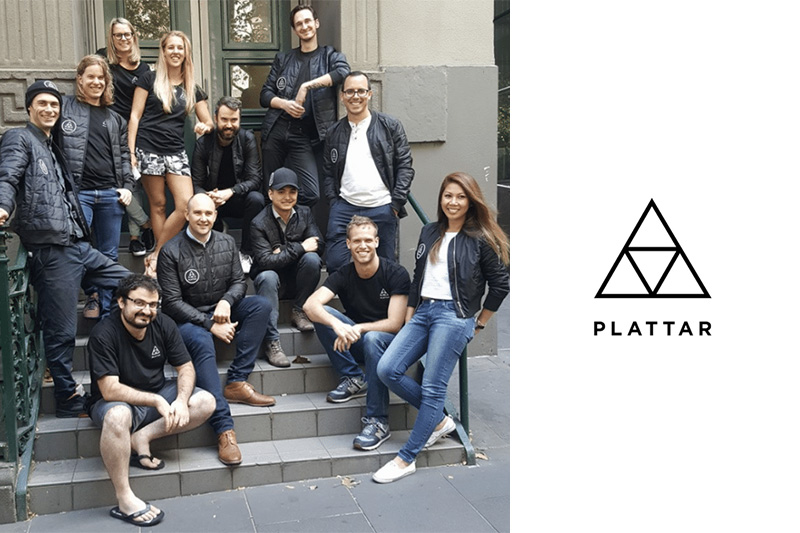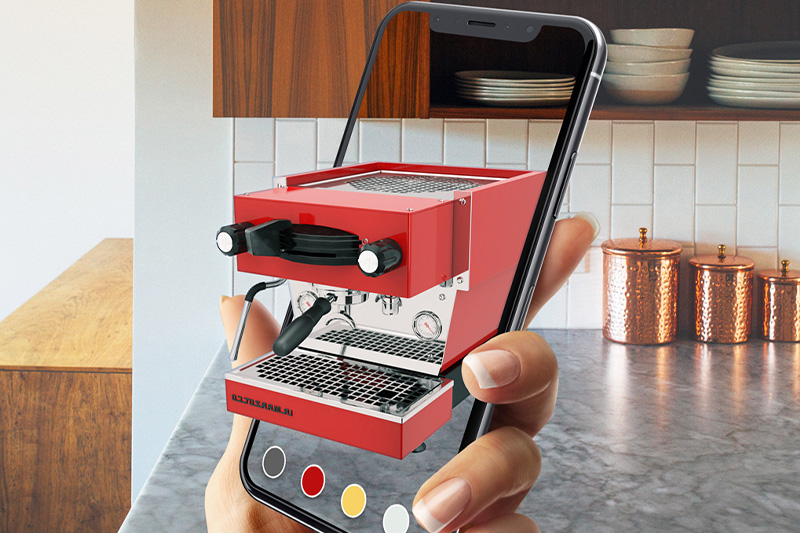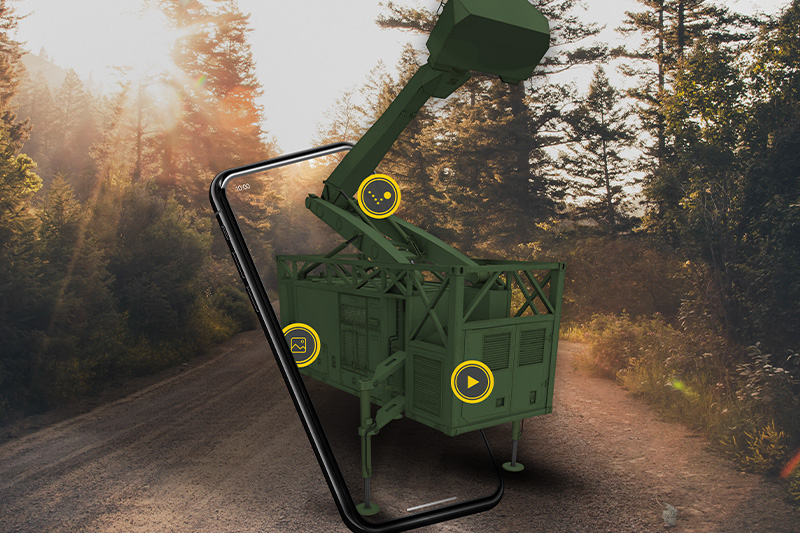Growing up with dyslexia, Rupert Deans never quite fit in. But his journey to engage with the world through visualisation has pushed him to create the world’s most advanced augmented reality platform, Plattar.
Australian tech company Plattar, founded by seasoned entrepreneur Rupert Deans, wants to create one of the world’s most intuitive augmented reality (AR) platforms, bringing sci-fi technology to your fingertips. Working with some of the largest brands in the world such as Forbes, CBS, Red Bull, Hermès, News Corp, and FOX Sports, Plattar wants to empower these firms to engage with customers on a whole new level. “For us, building trust is all about that promise of making the technology simple, easy and accessible,” Rupert explains. With its straightforward drag-and-drop interface, the company is tiding the way to make augmented reality accessible for the average firm.

Despite Plattar’s futuristic tech, the company originated from much more day-to-day roots – Rupert’s experiences with dyslexia. “As a child, I always used visualisation to understand and engage with the world,” he relates. “Dyslexia wasn’t recognised as a learning disability at the time, and I didn’t fit into the standard box. In hindsight, it was the best thing that ever happened because it led me down the path of becoming an entrepreneur.” A pioneer through and through, Rupert went on to found one of New Zealand’s first digital agencies, One Fat Sheep, before turning his attention to augmented reality with Plattar in 2012.

Catering to market demand, Plattar offers product experiences, helping brands engage with customers and other businesses on an interactive platform. Their number one user case is businesses asking how they can virtually put their products into their customer’s hands. With Plattar, customers can virtually fit out their living room with new couches, or upgrade their queen-sized bed to a king-sized, to see how it might look – with zero hassle. Business-to-businesses sales are also showing a heightened interest in AR’s potential as they look for cheaper ways to showcase their products. Plattar has a solution. Their AR technology saves firms hundreds of thousands of dollars in transportation costs to trade shows, and even augments potential buyers’ experiences by showing them what the product will look like in context. Finally, Rupert is excited about the potential applications AR has in the retail industry. Massive stock rooms will be replaced with a world of digitalised inventory. Retailers will be able to bring in their whole product range through AR and virtually show the customer what everything looks like, in colour, instantly.

Despite the apparent complexity of AR, Rupert is dedicated to keeping things simple and user-friendly. “My mission has always been, ‘How can I Rupert-proof it?’” he jokes. “I’m not technical at all. I want to be able to drag and drop and build my experiences within minutes. And that’s how we’ve set it up, to enable that to happen.” Plattar provides an online web stack that allows you to create your own AR user interface within minutes. Adopting a WYSIWYG (what-you-see-is-what-you-get) interface, Plattar allows companies to customise their 3D content with videos, animations and hotpoints that provide the consumer with additional information. The finished product can then be embedded into the company’s main website or app.

Compared to their competition, Plattar is way ahead of the curve. “We’ve been pushing the boundaries for so long now, we’ve been really leading the way,” says Rupert. “There are no other companies that have been in the space for as long as we have been.” The software company prides itself on the customised integration it offers. Unlike some of its less successful predecessors, Plattar allows companies to incorporate 3D content under their bespoke brand.
With immersive technologies such as augmented reality, virtual reality and mixed reality becoming increasingly common, Rupert anticipates an incredible rate of growth in demand for software-based products such as Plattar. “Now that technology is more robust, you can create these seamless, engaging user experiences that provide value and ROI,” he says. “So, if you don’t have a strategy for AR moving forward, you’re going to miss out on a huge market opportunity.” AR gamification, too, holds massive potential for the consumer market – a concept that Rupert describes as “Pokémon-type mechanics.” With AR, consumers can go to a location, click, get rewards and engage with the products, providing another marketing strategy to create positive experiences and build hype. Other eagerly anticipated developments in the field include persistent AR (Cloud AR) and increased real-time data streaming speeds with 5G, both of which Rupert has termed “game changers.” For now, the biggest hurdle is content creation – most brands still need some form of assistance with building, but Rupert remains unfazed. With wearables on the horizon, he’s confident that AR will soon merge into our daily lives. So brace yourselves – we’re heading to infinity and beyond.





